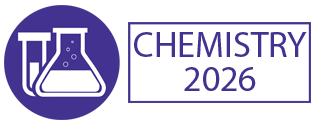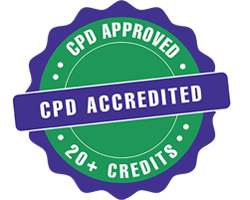Calibration Methods
Calibration methods are essential techniques used to ensure the accuracy and reliability of measurement instruments and equipment across various industries. These methods involve comparing the readings or output of a device with known standards or reference materials to adjust and validate its performance. Calibration is crucial for maintaining the quality of measurements and meeting regulatory requirements. Common calibration methods include the use of calibration standards, reference materials, and calibration curves. In the case of instruments like thermometers, pressure gauges, and scales, calibration involves adjusting the device to match known reference points or values. Advanced calibration techniques may involve multi-point calibrations, where measurements are taken at several different levels or conditions to account for non-linearities and errors in the instrument's response. Calibration can be performed using manual procedures or automated systems, depending on the complexity of the instrument and the desired level of precision. Traceability, ensuring that calibration standards are themselves calibrated to recognized national or international standards, is essential for establishing the accuracy and reliability of calibration results. Regular calibration intervals are established based on factors such as instrument stability, usage frequency, and manufacturer recommendations to maintain measurement accuracy over time. Calibration certificates documenting the results of calibration procedures are provided to demonstrate compliance with quality standards and regulatory requirements. Calibration laboratories accredited by relevant organizations, such as ISO/IEC 17025, provide traceable and reliable calibration services for a wide range of instruments and equipment. Overall, calibration methods play a crucial role in ensuring the accuracy, reliability, and traceability of measurements, thereby supporting quality assurance, product conformity, and regulatory compliance in various industries.

Hossam A Gabbar
Ontario Tech University, Canada
Victor John Law
University College Dublin, Ireland
Alexander Bagaturyants
National Research Nuclear University MEPhI, Russian Federation
Sergey Suchkov
N.D. Zelinskii Institute for Organic Chemistry of the Russian Academy of Sciences, Russian Federation
Shree Niwas Chaturvedi
Centre for Aptitude Analysis and Talent Search, India
Pieter Samyn
SIRRIS, Belgium




Title : Advances in plasma-based radioactive waste treatment
Hossam A Gabbar, Ontario Tech University, Canada
Title : Unraveling the ultrastructure and functions of the neuronal membrane skeleton using super-resolution fluorescence microscopy
Zhou Ruobo, Djillali Liabes University of Sidi Bel Abbes, Algeria
Title : Solar box cooker dehydration, and relative humidity endpoint detection, of lamiaceae culinary leaves on the island of Crete
Victor John Law, University College Dublin, Ireland
Title : Nutrient and heavy metal loads from the Ribeiras to Coastal zones: A land-ocean continuum perspective in Madeira Island
Aracelis Del Carmen Narayan Rajnauth, University of Porto, Portugal
Title : Prospective polyoxometalate-based covalent organic framework heterogeneous catalysts
Arash Ebrahimi, Comenius University Bratislava, Slovenia
Title : Eliminating implant failure in humans with nano chemistry: 30,000 cases and counting
Thomas J Webster, Brown University, United States